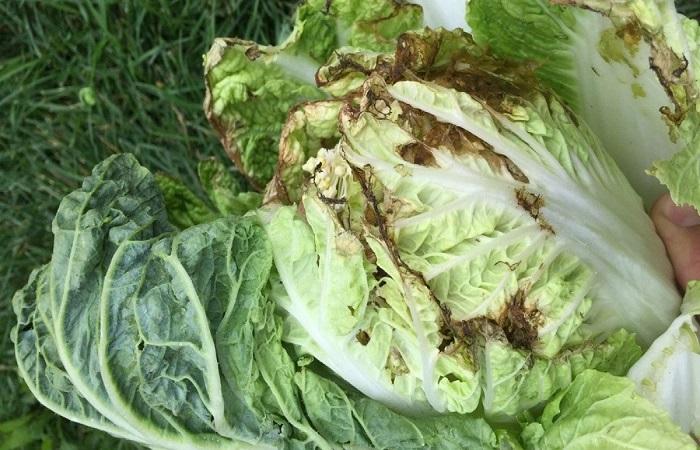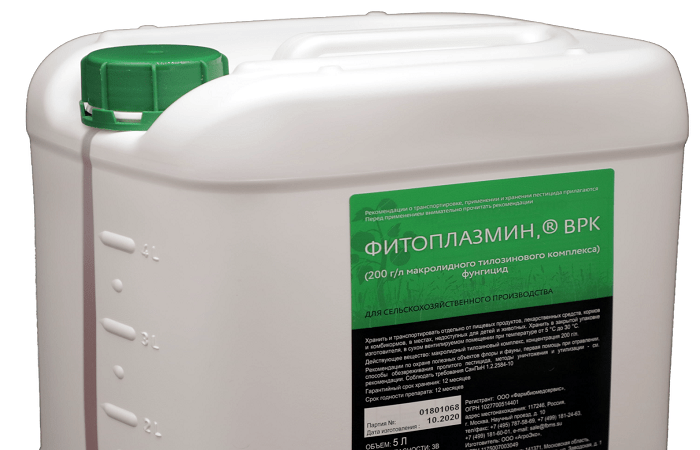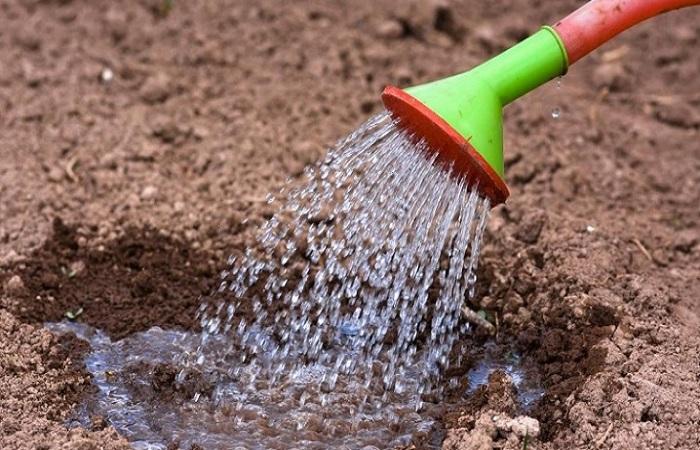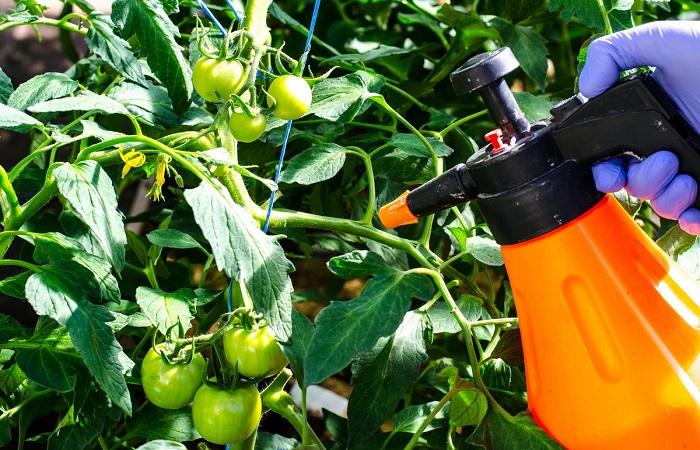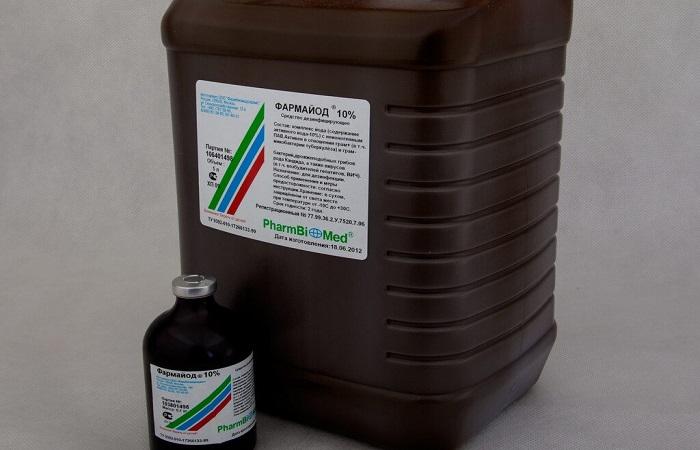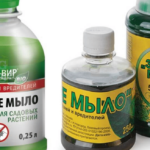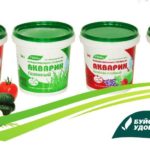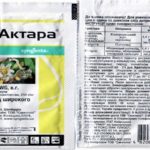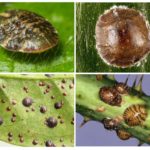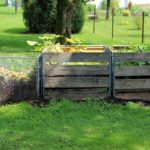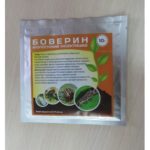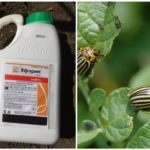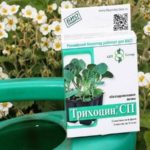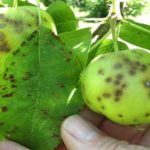“Phytoplasmin” is a universal drug that is used to combat phytoplasmosis and bacteriosis. The product can be used to treat tomatoes and cucumbers that are grown in open ground or in greenhouse conditions. In order for the drug to give the desired effect, it is recommended to strictly follow the instructions. Compliance with safety rules is of no small importance.
Composition and release form
The active component of the product is considered to be the macrolide tylosin complex. 1 liter of the drug contains 200 grams of the substance.The composition is produced in the form of a water-soluble concentrate. It is sold in plastic containers of 100 milliliters, 1 and 5 liters.
What plants are they used for?
The biological drug has a systemic effect. It is mainly used for processing tomatoes and cucumbers that are grown in greenhouse conditions or in open ground. With the help of the substance it is possible to cope with the following disorders:
- stolbur;
- vascular bacteriosis;
- bacterial cancer;
- different types of rot - bacterial and root rot;
- other pathologies of cultivated plants of a bacterial nature.
Operating principle
The active component of the drug easily enters plants and circulates in their tissues. There it interacts with the ribosomes of dangerous bacteria and suppresses the production of proteins. In addition, the substance provokes a violation of the reading of the genetic code of pathogens that provoke bacteriosis and phytoplasmosis. Thanks to this, plants can resist pathogens entering them for a long time.
The main advantages of the product include the following:
- successful prevention of the development and spread of bacterial microorganisms and pathogens that cause the development of phytoplasma;
- long protective period - it lasts 21-28 days;
- high efficiency in the fight against stolbur of tomatoes grown in open ground;
- good ovary formation on cucumbers and tomatoes, improvement in the process of fruit formation;
- improving yield formation on already infected crops;
- no risk of substance accumulation in fruits.
Instructions for use of "Phytoplasmin"
When using the product on personal farms, it is important to strictly adhere to the dosage.When spraying crops or watering plants at the roots, you need to use 30 milliliters of product per 10 liters of water. In this case, it is recommended to use the working fluid on the same day.
In order for the product to give the desired results, it is recommended to follow these rules:
- Do not use the composition at the initial stages of cucumber growth or in low light conditions.
- 4 days after using the bactericidal agent, it is necessary to apply bacterial substances to the root.
- The drug can be combined with various fungicides, herbicides and insecticidal substances.
- The product can be combined with anti-stress substances. These include “Epin”, “Zircon”, “Atamon”.
- Do not use Fitoplasmin in a tank mixture with bacterial substances.
The specific dosage and features of use of the substance are given in the table:
| Application rate | Culture | Diseases | Features and processing time | Working solution consumption |
| 6-12 | Cucumbers in protected ground | Different types of rot, bacterial wilt | Plants should be watered at the root 1-1.5 months after planting the seedlings in a permanent place. Subsequently, the drug is applied at intervals of 3-4 weeks. | 4000 liters per 1 hectare |
| 6-12 | Tomatoes in protected ground | Stem core necrosis, bacterial canker and rot | Crops should be watered at the roots 1-1.5 months after planting the seedlings. Then the product is used every 3-4 weeks. | 4000 liters per 1 hectare |
| 3-4 | Tomatoes in open ground | Bacterial blossom end rot, black spot | Plantings need to be sprayed during the growing season. The first time this is done at the beginning of flowering, then with an interval of 10-14 days. | 300-600 liters per 1 hectare |
| Stolbur | Plantings should be sprayed or watered at the roots at the beginning of the leafhopper's summer. | When watering - 5000-10000 liters per 1 hectare
When spraying – 300-600 liters per 1 hectare |
||
| It is worth spraying plants during the growing season every 10-14 days. | 300-600 liters per 1 hectare |
Precautionary measures
The product belongs to the third hazard class. This means that it is classified as a moderately hazardous substance. The drug does not cause skin irritation. However, sometimes it can cause individual sensitivity.
Therefore, when processing plants, you must adhere to safety rules. It is recommended to use personal protective equipment - gloves, respirator, goggles.
Drug compatibility
The drug can be combined with most fungicides, insecticides, and herbicides. It can be combined with growth stimulants. However, the substance cannot be combined in tank mixtures with bacterial agents.
How to store the product
The drug should be stored at temperatures from 0 to +30 degrees. This should be done out of the reach of children and pets. The composition can be combined with food and medicine. The shelf life is 1 year.
Analogs
Effective analogues include:
- "Kazumin";
- "Coloradocid";
- "Diamond";
- "Gaubsin."
"Phytoplasmin" is an effective remedy that helps cope with many bacterial infections.It is important to strictly follow the instructions. Compliance with safety rules is of great importance.

